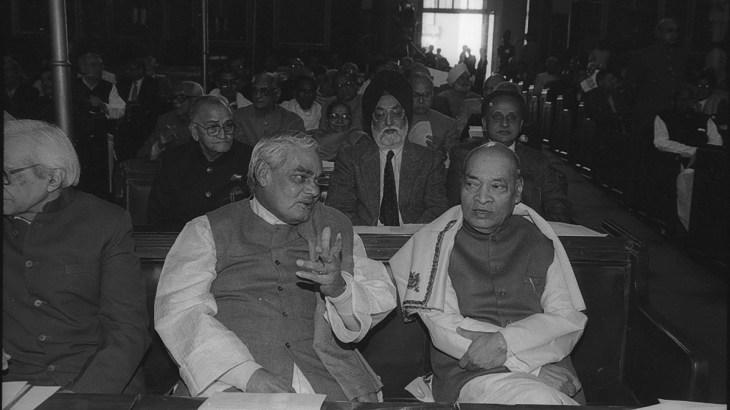Analyzing the performance and challenges faced by coalition governments in India, with a focus on the upcoming coalition led by PM Modi.
Narendra Modi is set to continue as India’s prime minister for a third term, but this time, he will navigate the complexities of a coalition government. Having fallen short of a majority, Modi’s Bharatiya Janata Party (BJP) will need the support of allies to govern effectively.
Modi's previous election victories in 2014 and 2019 established him as a dominant leader in the world's largest democracy, winning with significant margins. However, the recent 2024 election results, where the BJP secured 240 seats, 32 shy of a majority, will require Modi to adjust his governance style to accommodate coalition partners' demands.
The National Democratic Alliance (NDA), comprising 14 parties, clinched a total of 293 seats, providing the BJP-led coalition with a slim majority of 21 seats. This scenario is not unfamiliar to the BJP, with its history of leading coalition governments.
Breaking away from the BJP’s usual strong stand-alone approach, the upcoming coalition government under Modi's leadership may face challenges due to diverse opinions and interests among the involved parties. Comparing previous coalition experiences, analysts foresee potential turbulent times ahead.
Reflecting on past instances, such as the short-lived coalition under Atal Bihari Vajpayee in 1996 and the emergence of the National Democratic Alliance (NDA) in 1998, sheds light on the complexities of governing in a coalition setup. These historical precedents offer insights into the dynamics and challenges that Modi's coalition government is likely to encounter.
Source: ALJAZEERA
ALJAZEERA MEDIA NETWORK
